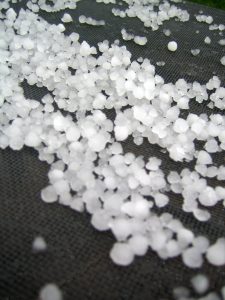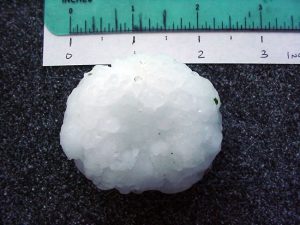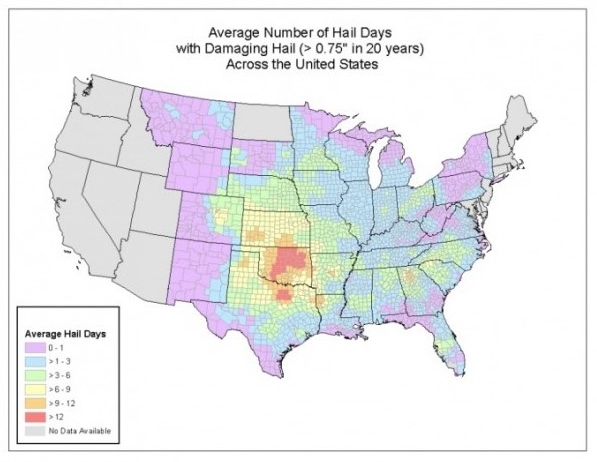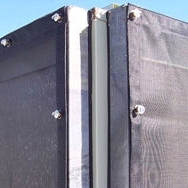About Hail In The US – Protecting Your Condenser Coils From Damage



WHAT IS CONSIDERED DAMAGING SIZE HAIL?
Click on image below for closer view
This photo shows a dime, penny, nickel, quarter, small and large marbles and a golf-ball relative to the size of the Hail Master Mesh Openings.
Pea = 1/4 inch diameter (typically non-damaging to equipment and infrastructure)
Marble/mothball = 1/2 inch diameter
Dime/Penny = 3/4 inch diameter
Nickel = 7/8 inch
Quarter = 1 inch — (quarter size or larger is considered severe & damaging to equipment & infrastructure)
Ping-Pong Ball = 1 1/2 inch
Golf Ball = 1 3/4 inches
Tennis Ball = 2 1/2 inches
Baseball = 2 3/4 inches
Tea cup = 3 inches
Grapefruit = 4 inches
Protecting Your Condenser Coils and Mechanical Equipment
An explanation on the mechanics of condenser coils
CLICK ON EITHER IMAGE:






